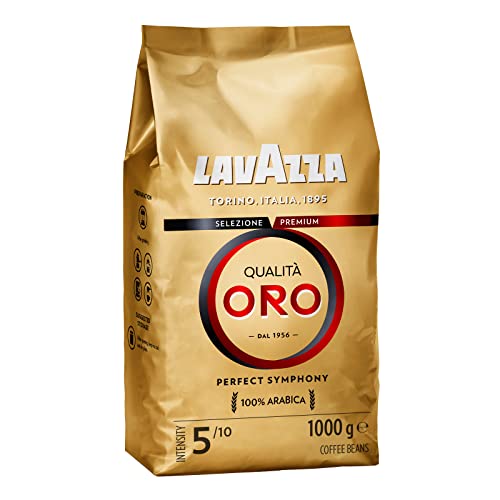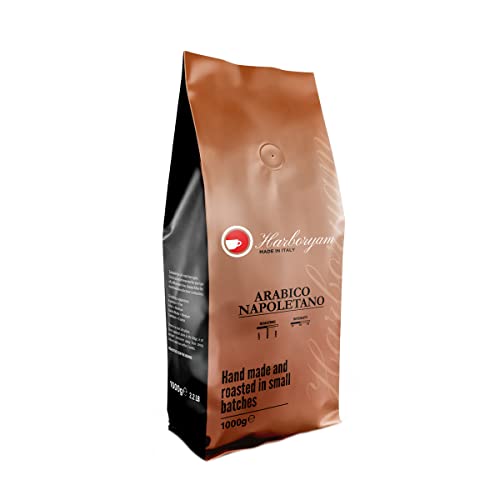High Altitude Coffee

The unique conditions of high altitudes make them ideal for growing coffee. The mountainous terrain and the climate permit a longer maturation process that results in coffee with a full flavour profile.
The soil in which coffee is grown may have a significant impact on the taste. This is especially relevant for volcanic soils, which produce strong brews that have chocolate and the nutty note.
Cooler Temperatures
The climate of a place is a key factor that determines the flavor characteristics and quality of coffee. The most sought-after
light medium roast arabica coffee beans varieties thrive in mountainous regions that extend across the globe known as the "coffee belt". The climatic conditions found in these mountainous areas with frost-free tropical climate with moderate rainfall and ample sunshine, offer the ideal conditions for the growth of coffee.
The optimum temperatures for arabica plants range between 16 and 23 degrees Celsius which is much less than the temperatures required to grow robusta. Plants that are exposed outside of this range will yield less and a less appealing flavor.
High altitudes offer a cooler climate, allowing the plant to mature slowly and the coffee to ripen over time. This allows the complex sugars to grow, which are essential for the rich aromas and flavors of coffee. It also reduces the amount of water contained in the coffee bean, which results in dense (hard) beans with more intense flavor characteristics.
A mountainous location also has fertile soil. This is essential, as areas that are rich in nutrients offer a better environment to grow healthy arabica plants and produce higher quality coffee beans. A well-drained soil is essential for arabica plants as it prevents the roots from becoming saturated, which can cause disease and other maladies.
Additionally, a high altitude plantation site is less susceptible to being afflicted by pests and diseases. This is particularly true of the coffeeberry borer, which is an insect that can cause severe destruction to crops at lower altitudes.
The only other type of coffee that has the potential to compete with arabica's ability to produce quality at higher altitudes is robusta. Robusta is a pest-resistant variety, and thrives in warmer areas where
arabica coffee beans with free shipping struggles to survive. The flavor of robusta coffee is less distinctive than an arabica. While
buy arabica coffee beans near me grows at higher altitudes than robusta does, consumers should still select one of the two or a single origin that includes both varieties when looking for
high altitude arabica coffee Beans-altitude arabica.
Well-Draining soil
Arabica coffee plants are more tolerant of cooler temperatures and higher elevations than Robusta plants, which thrive in warmer climates. These conditions allow the beans to mature slower and give them a more rounded body and a more complex flavor profile.
The unique conditions that make high-altitude cultivation ideal for arabica coffee plantations result in the production of high-quality beans that are sought after by specialty roasters and consumers. This is due to the fact that these conditions are favorable for the plant's health and productivity.
Coffee plants require well-drained soil in order to avoid the accumulation of water around their roots, which could cause rot and other diseases. A well-draining, airy soil is also better in absorbing nutrients. These factors, in conjunction with cooler temperatures and less direct sunlight, that are characteristic of high altitude agriculture, result in a more robust, flavorful cup of espresso.
The reduced oxygen levels in these regions are another important factor that contributes towards the excellent flavor of arabica coffee that is grown at high altitudes. The lower oxygen concentration has an effect on the plant, making it more resilient and encouraging it to grow strong root systems that increase its ability to absorb nutrients from the soil.
The majority of arabica coffee around the world is grown at altitudes of between 2,000 and 6,500 feet in subtropical regions known as the "bean belt". These regions are located around the equator and have an environment that is tropical and suitable for coffee plants but they also have high elevations which are ideal for growing gourmet
arabica beans.
To cultivate your own high altitude arabica in your home, first you'll must purchase a mature, healthy green arabica seedling. This can be bought from a nursery that specializes in the cultivation of these species. It is essential to make sure that you have the appropriate equipment to tackle the challenges of cultivation at high altitude, which includes a shade cloth or a greenhouse to shield your plant from sun's harsh radiation. It is then recommended to fertilize your arabica plant with nitrogen-rich organic compost that is also rich in phosphorous magnesium, calcium and sulfur. You should water your arabica only sparingly until spring. This will help to encourage the development of fruits and flowers that should begin in the last week of winter or early spring.
Robust Root Systems
Arabica beans are sought-after because of their delicate and complex flavors that may include hints of chocolate, fruit, and flowers. This distinctive flavor profile can only be achieved when the finest arabica coffee beans are cultivated in the conditions that the plant needs. These conditions include high altitudes and cooler temperatures that slow down the plant’s growth and allow it to produce complex sugars. These sugars contribute to the rich and nuanced flavor that arabica is known for.
The higher altitudes at which arabica beans are grown provide the environment needed for the plants to grow robust root systems that can better absorb nutrients from the soil. Strong roots are essential to the plant's health and are essential to its ability to produce coffee cherries that are sweet, ripe and delicious.
Robusta, also known as Coffea canephora is a plant of coffee which can thrive at lower elevations than arabica. It is typically grown between 600 to 2,500 feet above sea level. However this lower elevation results in plants producing harsher tasting and less appealing coffee. Robusta is a popular choice to enhance blends of coffee and instant espresso because of its low cost and resistance to pests.
Plants at higher elevations may be more vulnerable to climate change, however careful cultivation by farmers makes sure that the crop will flourish in a changing world. In addition to the oxygen and temperature There are many other environmental factors affect the quality of coffee
These environmental factors include soil quality, drainage, water availability sunlight intensity, duration, agroforestry, harvesting strategies postharvest processing and harvesting practices. The combination of these variables play a significant role in determining the final physical and biochemical quality characteristics of coffee.
Sustainable Cultivation
Coffee plants require special conditions to grow, especially in higher elevations. It is also a delicate crop, prone to diseases and pests.
High altitude cultivation provides many benefits that are sustainable to farmers, such as superior taste potential and less environmental impact. These factors are the reason for the distinctive flavor profiles of high-altitude coffee beans, making them highly sought-after by specialty grade cultivators and discerning coffee drinkers.
One of the most notable characteristics of high altitude coffee is its slower bean development, which imbues each coffee cherry with more complex sugars and results in more intense and richer tastes. The slower growth process also allows plants to devote more energy to reproduction, producing more mature coffee beans with higher quality overall and more distinct desired flavors.
Additionally that higher elevations usually have better drainage, which is vital for the health of coffee beans. This ensures a more even spread of nutrients across the ground, and decreases the chance of developing diseases such as root rot. Coffee grown at higher altitudes has a more consistent flavor profile and stronger aromas because the moisture content isn't as high.
Many coffee producers at high altitudes employ shade farming techniques that do help to preserve biodiversity in the rainforest ecosystem, but also increase the quality of the coffee. This is because the shade-loving coffee plant is able to benefit from the microclimate created by the trees around it, which slows down the growth rate and produces a more balanced, smooth flavor.
Shade-grown coffee is also more consistent, which decreases the chance of disease and insect infestation. This is a major concern to lower altitude growers. Additionally, coffee that is shade-grown is often more ecologically sustainable because it reduces the need for pesticides and herbicides, which can harm soil and water quality and negatively affect wildlife.
While not all high-altitude java is produced under these unique sustainable conditions, some notable examples exist. One of them is the rare Geisha variety, which features long beans that show floral notes and tea-like flavours with hints of citrus, jasmine and tropical fruits. Another example is Batian which is a hybrid that offers resistance to coffee berry diseases and leaf rust, with high productivity and yield.

 The unique conditions of high altitudes make them ideal for growing coffee. The mountainous terrain and the climate permit a longer maturation process that results in coffee with a full flavour profile.
The unique conditions of high altitudes make them ideal for growing coffee. The mountainous terrain and the climate permit a longer maturation process that results in coffee with a full flavour profile.